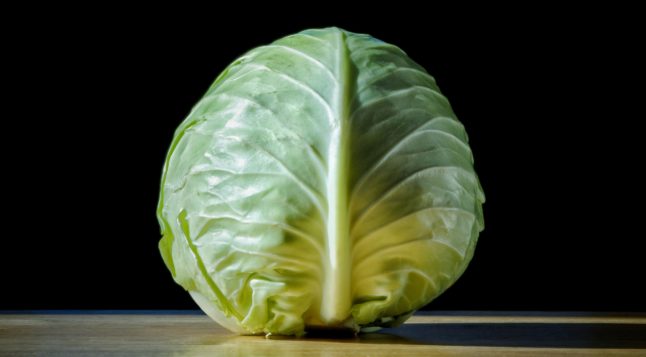
Sauerkraut originated in Germany, right? Sauerkraut is most beneficial to your health because of it being made from cabbage, right? Well, these common assumptions are factual to a certain point. But, there is much more you can learn about sauerkraut.
Many interesting and unique facts exist in relation to this food surrounding its origin, history, recipe, health benefits, and other facts.
The Origin and History of Sauerkraut
First, sauerkraut’s most popular name IS German, but it originated in China. Long before German “sour cabbage” was made in Germany the Chinese pickled shredded cabbage in rice wine. The same time as the Great Wall of China, there was a need for foods that could last well beyond the growing season. So, fermentation was born.
1000 years later, Genghis Khan and his men expanded their conquest to Eurasia, seizing land and crops, eliminating towns, and spreading deadly diseases. Historians believe that the Black Death of the 1300s came not directly from rats, but from the fleas that traveled with Mongol hordes. But those Mongols also brought sour cabbage to Europe.
Sauerkraut became a folk remedy In the 12th century, established by the Abbess Hildegard von Bingen. It improved digestion, purified blood and skin, and healed ulcers, inflammation, gout, headaches, and hangovers. So, as early as the 12th century, sauerkraut was an improvement to the human diet.
Further History Where Sauerkraut Improved Global Health
18th century explorers used sauerkraut to prevent scurvy during long sea voyages, bringing up to 25,000 pounds of the Vitamin-C rich ferment on voyages. Then, on General Lee’s way to Gettysburg, he demanded for his army 25 barrels of “Saur-Kraut.” During the American Civil War, the physician John Jay Terrell was able to successfully reduce the death rate from smallpox among prisoners of war from 90 percent to only 5 percent.
Additionally, there are some other foods you would never presume to have plenty in common with sauerkraut. Take a look at this list:
- ice cream
- pasta
- beer
- cured ham
- sushi
- sauerkraut
All of these foods originated in China. As many that other nations get credit for, including sauerkraut!
Health Benefits of Sauerkraut
Through lacto fermentation lactic-acid bacteria converts sugars in cabbage into lactic acid. Lactic acid makes sauerkraut tangy with natural preservation. Cabbage, on its own, is a wonderful food. It’s full of fiber. It contains substantial amounts of the important minerals potassium, magnesium and calcium. Fermenting cabbage increases its nutritional benefits, making it a superfood, and here’s why:
- It contains live and active probiotics, providing additional immunity.
- High in digestive enzymes that help break down starches, proteins, and fats.
- They also have important anti-inflammatory effects.
- They prevent and reduce symptoms of food allergies, including lactose intolerance, milk protein allergy and others.
- Rich in fiber for bowel health, and it can improve high blood pressure and lower cholesterol.
- High levels of Vitamin C (for collagen production and immune support), and contains Vitamin K2 (improving long-term bone health)
Despite all of these amazing benefits, excessive sauerkraut consumption can cause bloating and flatulence because of some of the ingredients composed of galactose, glucose, and fructose, not easily broken down in the small intestine.

